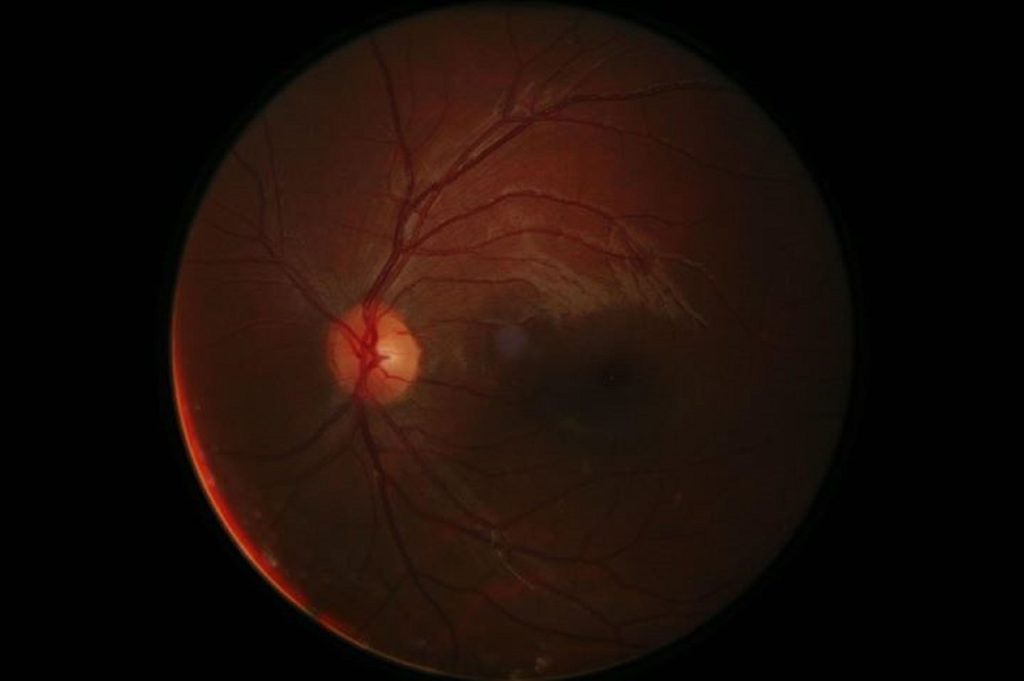Nerve cell growth with (left) and without the administration of propionate (right) CREDIT © Dr. Thomas Grüter und Niklas Rilke
The group headed by Dr Thomas Grüter and Dr Kalliopi Pitarokoili from the neurological clinic at St. Josef Hospital (Director: Professor Ralf Gold) published the results in the journal Proceedings of the National Academy of Sciences of the United States of America on 20. January 2023.
Propionate reduces cell death in cell culture experiments
CIDP patients suffer from sensory disturbances, muscle weakness and pain. The cause of the disorder is not fully understood. The immune system attacks the nerves in the arms and legs. The nerve sheath, an insulating coating around the nerve cells, is broken down and eventually, the cells die. “The drugs currently available in the market are very expensive and primarily act on the immune system,” says Thomas Grüter. “A therapy that protects the nerves and aids regeneration is not yet available.”
In the current study, Thomas Grüter’s team has explored propionate’s protective effect in cell culture and animal experiments. The group isolated the two most important cell types in the peripheral nervous system from rats: nerve cells and Schwann cells; the latter form the sheath of the nerve cells.
The researchers cultivated the two cell types separately and exposed them to oxidative stress, which usually causes cell damage. The team treated some cell cultures with propionate and compared the effects with untreated cultures. Significantly fewer cells died in the treated cultures. In addition, the cells grew back more readily after treatment than when no propionate had been administered. Animal experiments confirmed these results: the nerve cells had better protection against oxidative damage after administering propionate.
The findings from previous studies with MS patients suggested to the Bochum researchers that propionate could benefit CIDP patients. The research group headed by Professor Aiden Haghikia had shown that taking propionate has an anti-inflammatory effect in people with multiple sclerosis and reduces the relapse rate.



